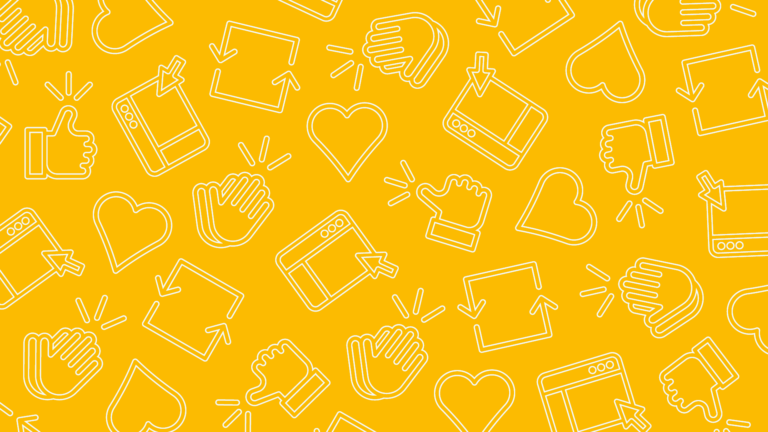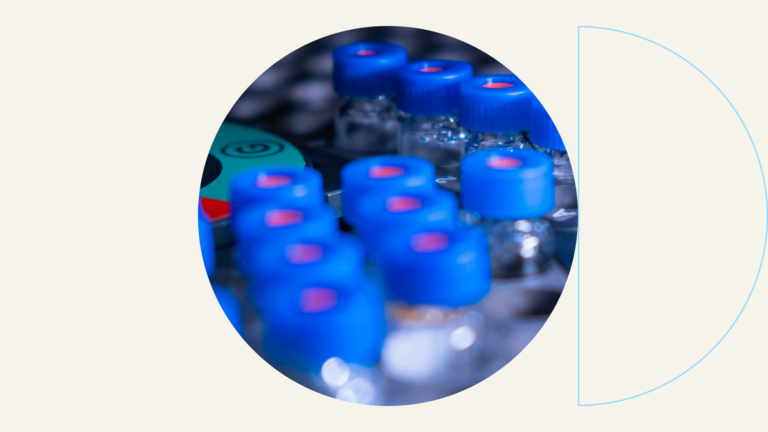Quality control checklist for UX designers

If you’re a growing visual or UX designer who wants to deliver your best work, paying close attention to quality and detail is key. Without proper design quality control, small but impactful errors will go unnoticed—and this ultimately leads to frustration for the team, a less-than-ideal experience for your client, and a poor user experience in the end product of your design work.
In order to help designers at Think Company work with their teams to deliver work that is thorough, free of errors, and as high quality as possible, some of our current Design Leads collaborated on the following UI/UX design checklist. Keep a copy handy for your next design project.
What is a Design Quality Control Checklist?
A design quality control checklist should be used by UX designers to help you assess the quality of your work during every step of a design project—from early ideation all the way to the final design. You can use this checklist before you sit down to do work on a project and before you submit work to your team or clients. You can also use this checklist as an occasional refresher on the best practices designers should use to develop and submit the highest-quality work possible.
Keep Clear Notes
1. Capture thorough notes during meetings and calls so that you can refer back to them later.
Be sure to note who said what, and in what context. These facts will become important later on when the details of a conversation are less clear in your mind.
2. Don’t rely on others to take notes unless you are actively presenting during the meeting.
Others taking notes in your team may not record every detail of the conversation—especially if they are also participating in portions of the conversation. You may also pick up on a key point that someone else doesn’t, and that point will be lost if not written down. Remember to take your own notes, and then share them in the official meeting notes afterwards.
Or better yet, start a collaborative document, like a Google Doc, so that multiple people on the team can take notes at the same time. This will allow the team to capture more context than one person could alone. If you are actively presenting in a meeting, make sure it’s clear before the meeting who is responsible for taking notes during that section of the meeting.
3. Set expectations about the form and content of shared notes, too.
This can save time and frustration after a meeting, as members of your team aren’t trying to decipher notes or follow along with structure.
Ask Questions and Speak Up
4. During all project touchpoints, keep track of (and quickly follow up with) clarifying questions you might have.
Asking clarifying questions will help you fully understand the project and associated tasks. Always eliminate ambiguity by discussing your assumptions with others on the team. It’s better to ask for clarity early.
5. If there is any task you aren’t sure how to complete, ask for additional direction.
Your manager or design lead is there to help you find a path forward. Asking for additional information from a manager or design lead also allows you to get context on what’s being asked and why, and provides an opportunity to brainstorm ways to accomplish the task. This kind of conversation is helpful for pushing through nuanced challenges and will ultimately help build up your design muscles over time.
6. Be mindful of deadlines, but don’t rush through the work.
It’s better to communicate early about exploring deadline pushes than to be silent and deliver sub-par work. Talking through deadline extensions is also a great way to work on and showcase your skills in self-management, which is extremely important in the course of big design projects that often change, evolve, or shift direction.
Understand Audience Insights and Goals
7. Read all documentation, reference materials, design briefs, and notes thoroughly before starting on tasks.
This will help you dive into your work with focus and clear goals in mind. Making this step a regular part of your work will also help you to understand the project and your client’s challenges more deeply, which will help you get the work done correctly and may help spark valuable ideas later on.
8. When working on a design artifact, stop frequently to think about who you’re designing for as well as how the finished work will be presented, delivered, or consumed.
As user-centered designers, we can’t stress this point enough. You can’t solve the challenges of those using the products you’re designing without understanding who will be using them and how. Getting into this habit will ensure your designs are well-thought-out and effective.
9. Document your design decisions and provide an explanation with each iteration.
Doing this will allow you (and in turn, your manager and clients) to be able to clearly articulate and remember the thinking that informed your choices. This kind of documentation will create less friction in conversations with clients, and you’ll be able to answer questions while presenting—saving you additional time and conversation later.
10. Stop to make sure the designs you’re going to present actually match the original purpose statement or goals for the project.
It can be easy throughout the course of a project to get caught up in the details and lose sight of the big picture. Make a regular effort to stop and look at your work in this context, and elevate any issues you see to your manager or the design lead. This can be a helpful checklist item to include before you sit down to work on something big or small, or regularly after you wrap up each project meeting.
QA Your Work and Internal Files
11. Always manage your files, layers, and symbols using the agreed-upon folder structure, file naming, and versioning system.
If a system doesn’t already exist on your team, think about developing one. This will keep everyone organized and help to ensure that old errors don’t creep back in to new versions.
12. Read through all comments and feedback in context and create a UI/UX design checklist for yourself.
Be sure you’ve addressed each point in the UX QA process before sending the work back for the next review. Addressing all feedback in the right context can help you stay organized around what needs your attention, and it can also allow for new work to be delivered sooner.
13. If possible, establish a rule that at least one other designer looks at your work before you share it with a client.
Often, your peers will catch errors that you either didn’t notice yourself, or that you might not have identified on your own. This also eliminates the possibility that a client will be distracted by a small error in an otherwise strong piece of work.
14. Always double-check (and triple-check, if necessary) your work.
Being able to review your own work is also important—especially when you have a tight timeline to work around, or when your teammates don’t have available time to help with things like proofreading. Try to review your work after a short break, when your mind is more clear and you’ve had some time away to think about something else.
As a general rule, search for these common errors before submitting each iteration for review:
- Typos
- Incorrect grammar, punctuation, or capitalization
- Incorrect or inconsistent terminology
- Spacing and alignment issues
- Stray objects and layers
- Typography that includes footmarks or inch marks instead of true apostrophes and quotes.
- Apostrophes facing the wrong way. This is a small but telling detail.
Adopting Your Design Quality Control Plan
UX design teams are often tasked with tackling large challenges and creating work that addresses ambitious goals—all of the big-picture strategy and ideation required to do this kind of work. But UX designers—especially those of you who are just starting out—will always benefit from embracing quality control, spending time “in the weeds,” and getting into the habit of slowing down when appropriate. This approach will help you to address challenges more mindfully and eventually become a stronger thinker, too.
Want to learn more about the latest in design and technology leadership? Sign up for the Think Company newsletter.



